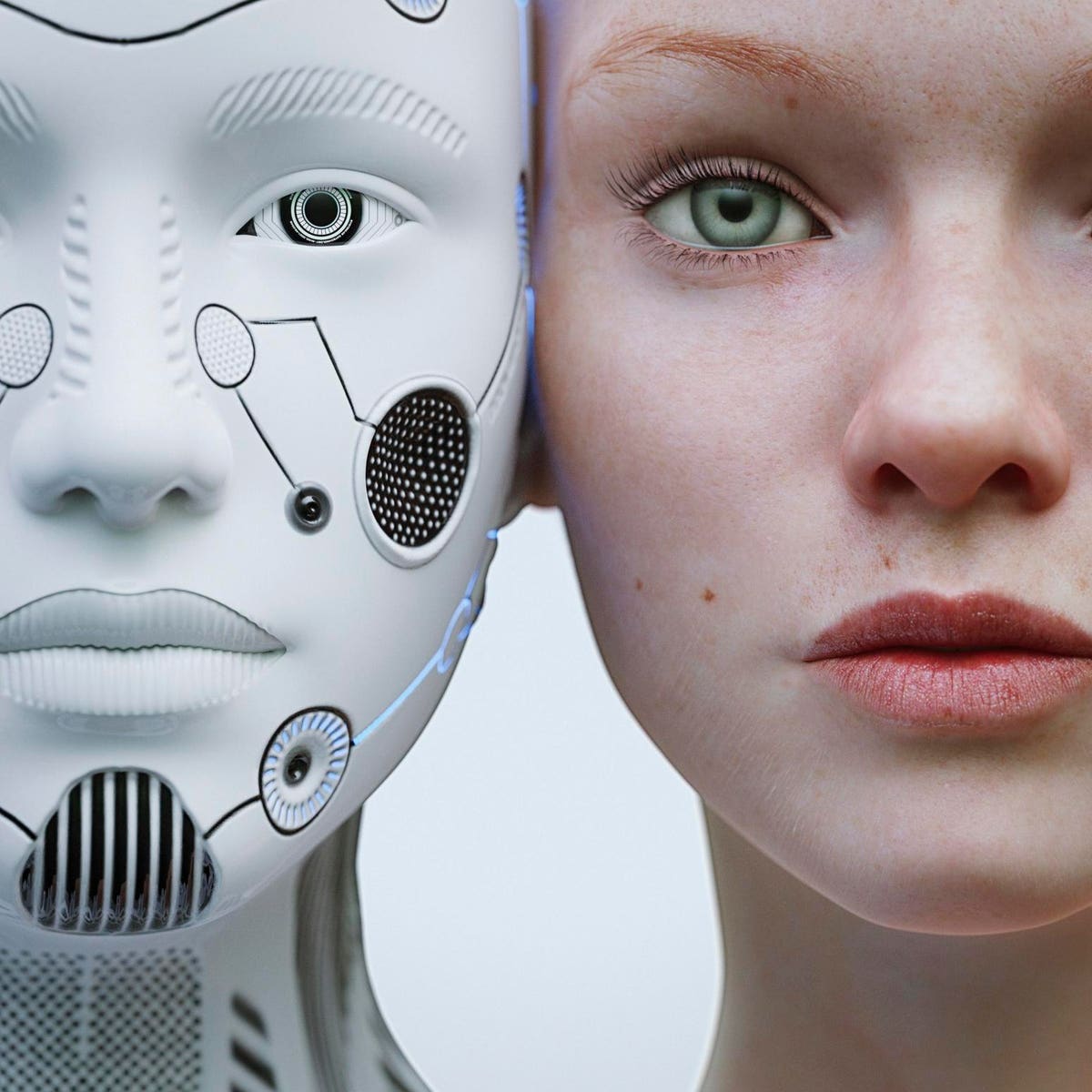Dr Rachana Chowdhary is a global marketing and communications for the small and medium businesses and is founder of MediaValueWorks.
Thinking outside of the box has remained a celebrated skill for humanity for ages. The critical ideas generated by scientists, researchers, inventors and trailblazers have contributed to compelling propositions for the world. Coaches, trainers and leaders across the spectrum have conceived and developed modifications and formats to achieve goals.
The traditional 5Ws and 1H framework—who, what, when, where, why and how—that has served as a cornerstone for structured problem-solving is now recalibrating itself. The human mind’s approach to organizing data, information, skills, knowledge and wisdom has helped uncover biases and assumptions and developed clarity regarding problems. By paying attention to these essential aspects, we have developed our critical thinking skills over generations, enabling us to make well-informed decisions, navigate complex issues, stay ahead of the curve and thrive in competitive environments.
However, human cognition, characterized by the capacity to perceive, analyze and interpret situations, is no longer exclusive to humans alone. Contrastive thinking, involving differing viewpoints, examining diverse aspects of a case, juxtaposing elements to gain a comprehensive understanding, processing various sources of information and generating contrasting outcomes, is now being carried out outside the human brain.
AI And The Evolution Of Thinking
The emergence of artificial intelligence (AI) is an influential force that challenges leaders to transcend conventional thinking. By reimagining the 5Ws and 1H and embracing critical skills tailored for an AI-augmented world, tomorrow’s leaders can pave the way for a future that harmonizes technology and humanity. (Note: I believe one of the five Ws, “who,” is outdated, as the origin of practically every communication is now visible to everyone; “who” is therefore not needed anymore as a part of any framework.)
The landscape of critical thinking has undergone a profound transformation, amplified by the advent of AI. The integration of AI will shape the future in ways that challenge traditional norms and demand innovative thinking. Here’s how critical thinking skills will be redefined to empower leaders in the AI era:
1. What: From Information To Interpretation
The question of “what” has up until now allowed us to identify and define the central issue. By discerning the core elements with questions like “What are the strengths or weaknesses?” or “What can be the best solution or worst-case scenario for a problem?” or “What is another perspective?” or “What is the best way to get positive outcomes?” etc., we assessed the significance or potential impact to guide our analysis and decision-making toward the most relevant aspects.
With abundant raw data, tomorrow’s leaders shall derive insights from AI-processed data, discerning patterns and trends and extracting meaningful narratives. New tools shall generate answers to “what” flooded with inputs covering past, present and a disclaimer-led future. Leaders must interpret AI-generated analyses to make informed decisions that complement human intuition and empathy.
2. When: From Reaction To Anticipation
In the past, the question “when” involved analyzing time frames in relation to factors like historical background, the sequence of events or future implications. By asking questions such as “When is the best time to take action?” or “When can we get results?” or “When can we expect change?” etc., we supported ourselves as critical thinkers to identify patterns and changes, enhance our understanding of the dynamics at play and get help in anticipating potential outcomes.
In the era of AI, predictive analytics will elevate the “when.” Leaders will transition from reacting to events after they occur to anticipating them before they happen. Leaders can proactively shape outcomes by harnessing AI’s power to forecast trends. This anticipatory approach will demand a proactive mindset, enabling leaders to seize opportunities and mitigate risks.
3. Where: From Boundaries To Global Connectivity
In the past, questions like “Where can we get more information?” or “Where do we go for help?” were pivotal in aiding decision-making by providing crucial insights about relevant sources or avenues. These inquiries helped leaders situate themselves within a specific environment and make informed choices. The contextual understanding derived from such questions was mainly limited to physical locations, geographic regions or cultural domains.
However, expanding AI’s capabilities and global reach has redefined the scope of “where.” Leaders are now tasked with navigating an intricate landscape where physical and virtual realms intertwine. Virtual connectivity transcends geographical distances, enabling leaders to collaborate with individuals and teams across the globe. Remote work and virtual teams are becoming integral components of the modern workplace, fostering a borderless approach to professional interactions.
4. Why: From Intent To Impact
Exploring “why” prompted us to uncover any event’s or decision’s underlying reasons, motivations and implications. By delving deeper into the fundamental factors by asking questions like “Why is this a challenge?” or “Why is this relevant or important?” or “Why is there a need for this?” and others, we gained a comprehensive understanding that facilitated the identification of viable solutions.
While “why” has often focused on motivations, the future asks leaders to delve deeper into “why” by scrutinizing the impact of their decisions. AI will simulate various scenarios, allowing leaders to gauge potential outcomes before implementing strategies. Leaders will be responsible for intention and ensuring positive consequences in an interconnected world.
5. How: From Implementation To Adaptation
Finally, understanding “how” was crucial because it explored how things worked, the steps involved or the methods used in a situation. Questions like “How do we know the truth?” or “How do we get to a conclusion?” or “How does this benefit others?” or “How would people know about this?” helped us critically assess situations, find more options and judge how well different methods worked. We made intelligent choices based on information by looking at the practical side of potential solutions or strategies.
The AI era will demand a shift from linear planning and execution to a dynamic process of continuous adaptation. The question of “how” will require leaders to be agile and ready to pivot. Flexibility and a willingness to learn from AI systems will be crucial.
Future leaders will be orchestrators of collaboration between humans and machines. Innovation will surge throughout the world as coaches and leaders harness the power of artificial intelligence as an enabler rather than an end in itself.
Forbes Coaches Council is an invitation-only community for leading business and career coaches. Do I qualify?
Read the full article here





